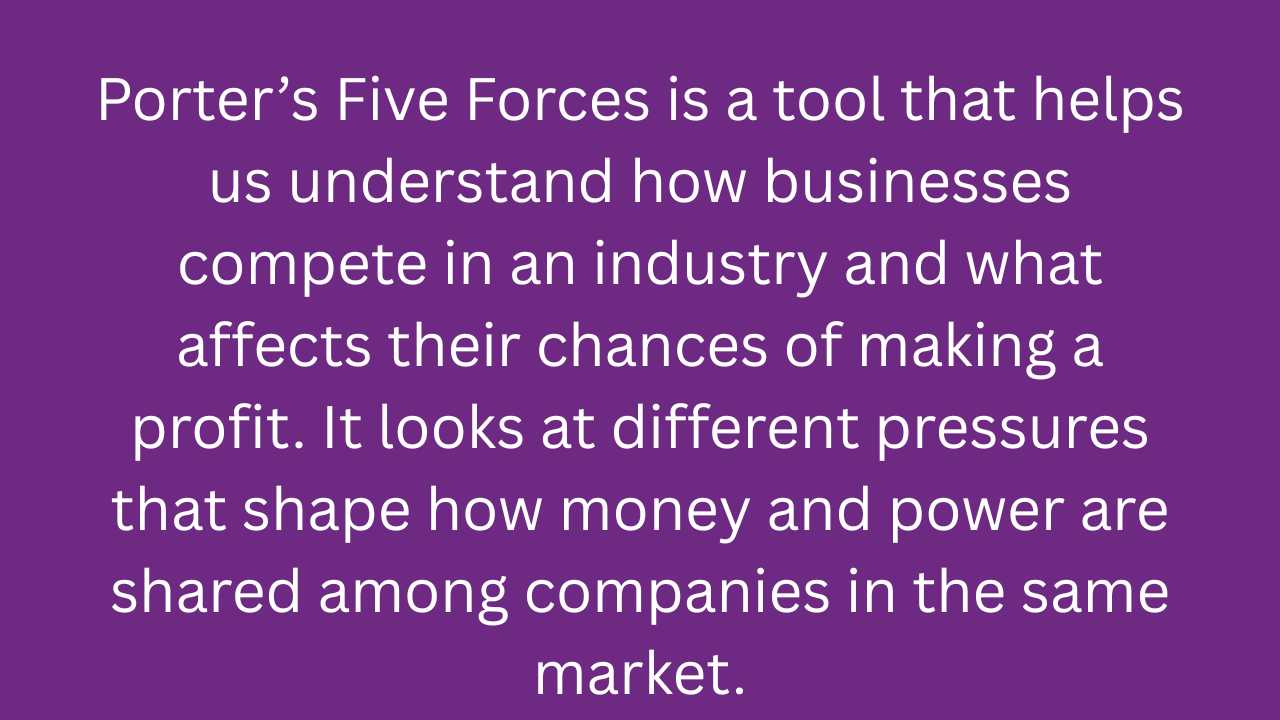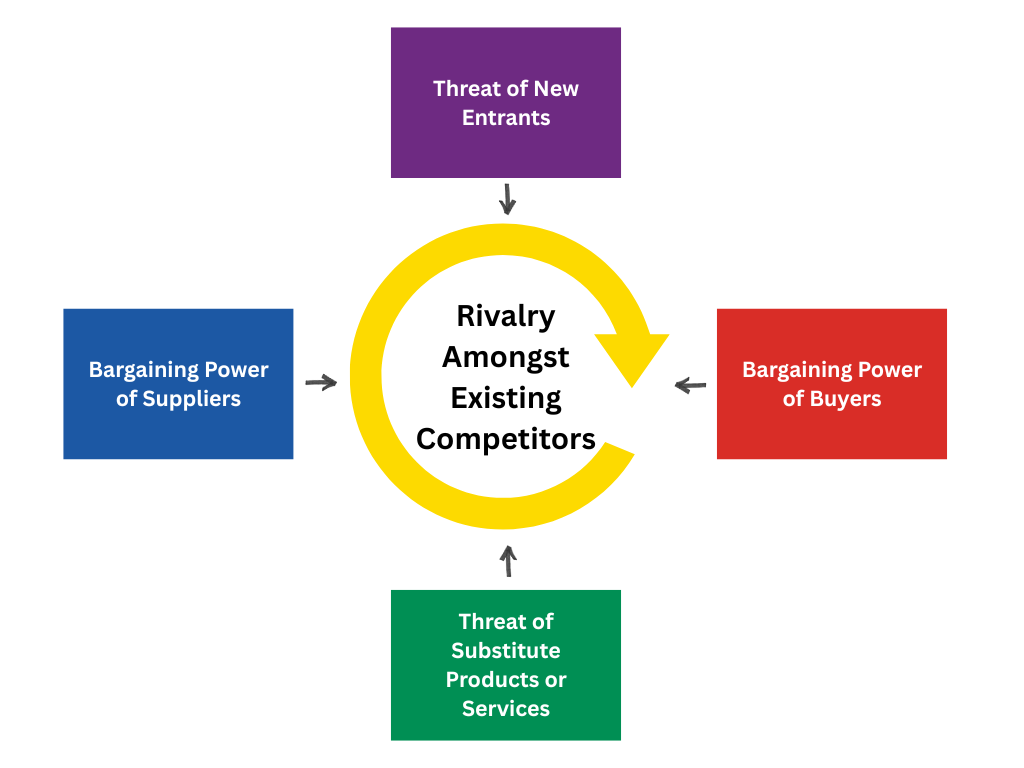banner

definition

About Porter's
About Porter's Five Forces
"First described by Michael Porter in his classic 1979 Harvard Business Review article, Porter’s insights started a revolution in the strategy field and continue to shape business practice and academic thinking today. A Five Forces analysis can help companies assess industry attractiveness, how trends will affect industry competition, which industries a company should compete in—and how companies can position themselves for success." (Read more here)
video
databases
-
IBISWorld This link opens in a new window
 A team of dedicated expert analysts research economic, demographic and government data. They provide valuable up-to-date insights on Australia’s 750 industries, its top 2,000 companies and its key business environment indicators.
A team of dedicated expert analysts research economic, demographic and government data. They provide valuable up-to-date insights on Australia’s 750 industries, its top 2,000 companies and its key business environment indicators.
diagram
Porter's Five Forces

Explanation
A business must understand the forces shaping its industry. That’s how they move from surviving to thriving. Porter’s Five Forces isn’t just a theory—it’s a blueprint for competing in the real world.
readings
Take a deep dive ...
-
Porter's Original Article | How Competitive Forces Shape Strategy"Awareness of these forces can help a company stake out a position in its industry that is less vulnerable to attack. The essence of strategy formulation is copying with competition ... "
-
Leading Change: Why Transformation Efforts Fail"Guiding change may be the ultimate test of a leader—no business survives over the long term if it can’t reinvent itself. But, human nature being what it is, fundamental change is often resisted mightily by the people it most affects: those in the trenches of the business. Thus, leading change is both absolutely essential and incredibly difficult ..."
-
The Impact of Porter’s Five Forces Model on SMEs Performance: A Systematic ReviewSmall and medium-sized enterprises (SMEs) are vital to economic growth, yet they face considerable competitive pressures. This systematic review evaluates the impact of Porter's Five Forces on SME performance to provide actionable strategic insights for business sustainability using qualitative and quantitative methods.
-
Using Porter’s Five Forces to Develop Business Strategies | IBISWorld"Strategic planning isn’t really optional; it’s a necessity to ensure your company’s survival and prosperity. When it comes to strategizing, it can often be challenging to determine the initial steps. Thankfully, frameworks like the Porter’s Five Forces model can help ... "
-
How Do Upper Echelons Perceive Porter’s Five Forces? Evidence From Strategic Entrepreneurship in China"Porter’s five forces model is an authoritative management tool used in analyzing the profitability and attractiveness of industries through an outside-in viewpoint. In the past decade, dramatic and rapid changes have prompted some criticism of the model ... "
